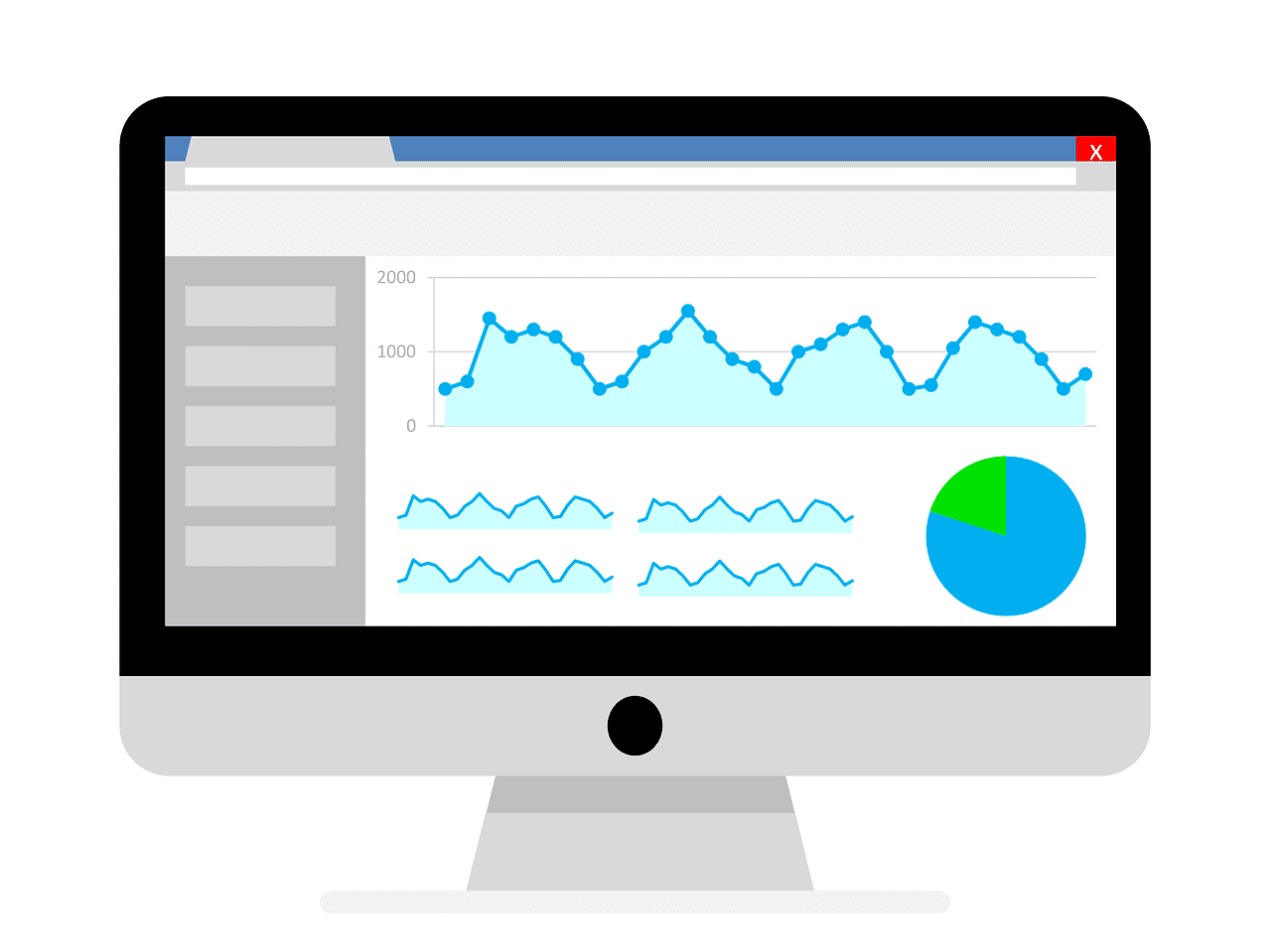At AIM Internet we measure everything we do. We do this so that we can identify where leads are coming from. As a result, we can drive visitors to your websites that will convert. One of the benefits of digital marketing is we are able to see what works and what doesn’t. Consequently, we can measure our digital marketing effectiveness. Then, we can implement changes as needed. Most importantly, we work with you to grow your business profitably.
In Digital Marketing Key Performance Indicators (KPIs) are quantifiable goals which help you to track and measure effectiveness. KPIs are a useful way for Digital Marketers like ourselves to set deliverables. We often use them to prove that our work is having a positive impact on your online presence. To those unfamiliar with online metrics digital marketing activity can be seen as difficult to measure but not if you know how. Measuring digital campaigns is the key to online marketing success.
Related: The Importance of the KPI Process when Growing your Business
Choosing What To Measure
The most important element of setting KPIs is choosing the correct ones to measure. This is an integral part of the process, however in theory it’s simple – just make sure you measure factors that will have an impact on your business’ objectives or goals.
Contact Us
We often talk about KPIs in the same breath as conversion. This can be defined as any valuable online engagement a visitor has with your online presence. Ultimately, it is up to you to define what to track as a conversion as this will look different for every business and relies on what you are aiming to achieve.
As a general rule, conversions should be specific and beneficial to the business moving forward. For example a user filling in a contact form on making a purchase.
What Should You Measure
A successful online campaign uses quantifiable metrics that align with the goals of your business. Generally, this is sales or leads. The only time you won’t be able to do this is if you are a startup company and don’t yet have the data. However, you can measure reach and engagement.
Leading indicators should also be measured. Used by economists leading indicators give an indication of which way the economy is headed. This is very useful in marketing as it highlights whether your invested time and effort is having an impact, even before significant results are seen. For example, you might measure time on site over a certain length, which is helpful to know even if they have ‘converted’.
What You Shouldn’t Measure
Just because you can measure something doesn’t mean to say you should. Don’t measure things you can’t impact. If you have no control over it, there’s no point in it being a KPI. Too much data can make it harder to meet your end goals.
Other things not to measure are vanity metrics. A good example of this is having lots of followers but zero engagement, or a manager who wants to be on the first page of Google for a keyword that doesn’t deliver any converting traffic.
As you can see there is a lot to consider when setting your digital marketing KPIs, which is why working with AIM Internet for Digital Marketing can help. We’ll spend the time planning to make sure you see a good ROI.
Choosing effective KPIs is a key skill for digital marketers and one which takes years to perfect. However, we will take the time to work with you to implement any emerging or evolving strategies then measure your performance to help you to grow as a business.
If you enjoyed reading this blog, you might also be interested in AIM High – Measuring Digital Marketing Effectiveness. However, if you would like more information about how you can benefit from digital marketing, get in touch today.

